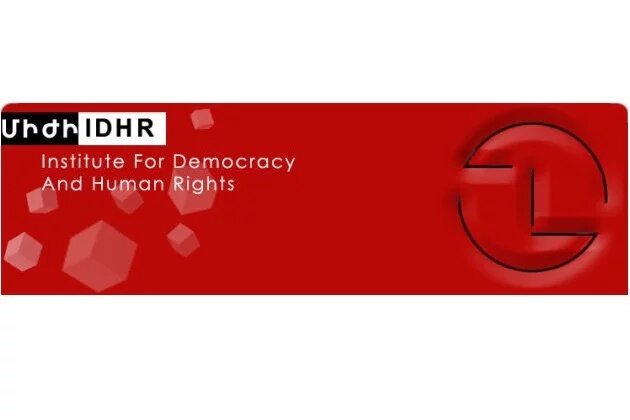
(closed project) On February 2014 the Institute for Democracy and Human Rights (Yerevan, Armenia) with financial support of the Heinrich Boell Foundation South Caucasus Regional Office started implemetation of the project "Designing Democratic Public Space in Yerevan".
The goal of the project is to facilitate shaping a democratic and diverse public free space at Mashtots Park (Yerevan, Armenia), and use the space for empowerment of civic activists’ groups. Thus it is envisaged to turn Mashtots Park into an example of democratic, participatory, diverse public free space.
The project will focus on areas of civic activism where certain level of civic consciousness is already in place and which needs support and further enhancement. The direct and initial targets of the project will be women and groups who have, in the past few years, demonstrated strife to become actors of change. These are students, street vendor women, and a group of poor and lone mothers grown up in orphanages (with their healthcare, housing, labor and domestic violence issues). The ultimate result of the project should be supporting establishment of the human-centered, democratic urban public spaces. Thus development of genuine free public space is crucial for enhancement of democratic civic and political culture.
Film screenings in Transformer: Culture on Wheels
A new movable public space has emerged in Armenia this summer. In May and June 2014, Ijevan and Gyumri hosted the Transformer - a multifunctional truck which moves around the country, transforms into a cultural platform and holds activities on environmental, social, civic, gender and other issues of importance.
In the framework of “Designing Democratic Public Space” project, carried out in cooperation with the South Caucasus Regional Office of the Heinrich Boell Foundation the Institute for Democracy and Human Rights Institute (IDHR) screened the documentaries “Being a citizen” (director Davit Stepanian, 2012) and “Berkley in the 60s” (Director Mark Kitchell, 1990) in the towns of Ijevan and Gyumri. The screenings aimed at raising awareness of community members about the importance of participating in decision making and standing for their own rights. The screenings were followed by discussions during which some community concerns were raised as well as the participants shared their experience in civic struggle.
Transformer: Culture on Wheels is initiated by Utopiana.am (www.utopiana.am) creative-cultural non-governmental organization founded in 2001. It provides a platform for active participation, debate and learning, socio-cultural and civic dialogue, thus becoming a unique model of public space itself. It is based on the principles of cooperation and networking between different organizations, groups and individuals in different regions of Armenia. This initiative gives people new definition and better understanding of public space and provides novel ways of using public spaces in Armenia.
Mother Armenia: art happening
Finnish visual artist Anna-Lea Kopperi in cooperation with the Institute for Democracy and Human Rights (IDHR) NGO and the South Caucasus Regional Office of the Heinrich Boell Foundation, in the framework of “Designing Democratic Public Space” project organized “Mother Armenia” art happening in Mashtots Park, Yerevan, on June 14, 2014. It invited mothers to share their own story as a good mother and as an actor in their other roles in exchange to Armenian fruits during the happening between women.
Mothers were asked to tell their stories as a mother with their own words. The assisting fruit-bearing women asked a few questions such as: to describe the most apparent moment in life, when a mother discovered to be a good mother for her child. Secondly, mothers were interviewed about other roles they have in a society and dreams and how they manage to realize them. Women were asked and encouraged to think what concretely they wanted to change in their lives and their behaviour in order to make their dreams come true. While mothers were telling the stories the assistant wrote them down and the interviewed woman could correct them. The stories were exchanged with Armenian fruits which the mother could eat with her child.
The interactive exchange Mother Armenia, named after the nation’s protective symbol, was documented by video and photo. It appeared in the central public site evoking questions about the disputed roles of the Caucasian mother supposed to hide mainly in the closed spaces of home.